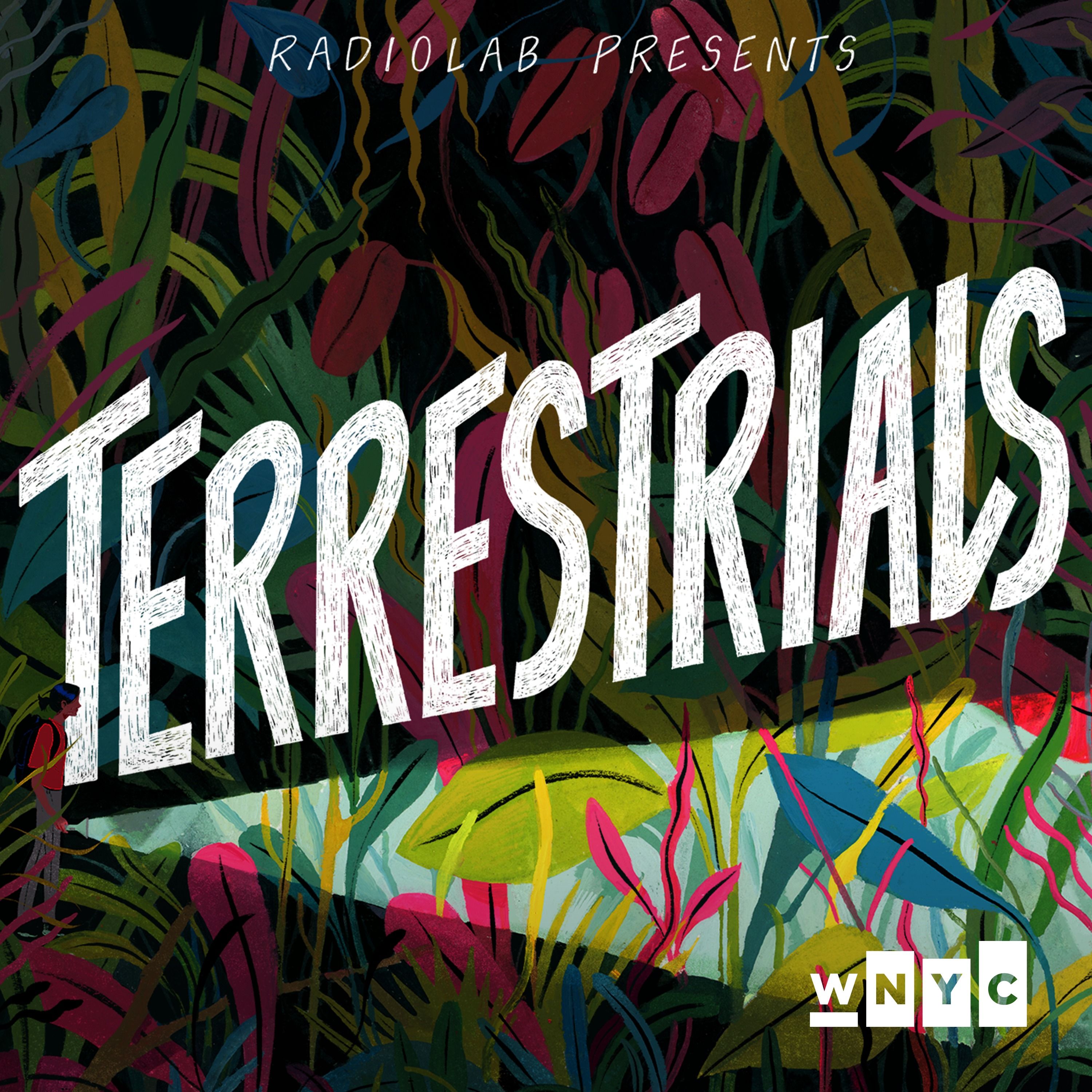

…
Radiolab for Kids
…
·…
WNYC
Welcome, nature lovers, to the home of the Terrestrials podcast and family-friendly Radiolab episodes about nature. Every other week, host Lulu Miller will take you on a nature walk to encounter a plant or animal behaving in ways that will surprise you. Squirrels that can regrow their brains, octopuses that can outsmart their human captors, honeybees that can predict the future. You don’t have to be a kid to listen, just someone who likes to see the world anew. You’ll hear a range of nature stories on this podcast. Sometimes these will be brand new Terrestrials episodes, full of original songs (by “The Songbud” Alan Goffinski) that tell a fantastical-sounding story about nature that is 100% true. Sometimes these will be our very best, shiniest, furriest, leafiest Radiolab episodes about animals or plants or nature. The stories that drop here will always be family-friendly and safe for kids. They will always be sound-rich and full of the vivid, gripping storytelling you’ve come to expect from Radiolab. They will always transport you to the beyond-human world: into the depths of the ocean, into jungles, prairies, forests, space, snow, wildflower fields and beyond. Sometimes we’ll encounter something so wild we just have to break out into song about it! Don’t worry, good voices not required. Join us on this adventure!
Welcome, nature lovers, to the home of the Terrestrials podcast and family-friendly Radiolab episodes about nature. Every other week, host Lulu Miller will take you on a nature walk to encounter a plant or animal behaving in ways that will surprise you. Squirrels that can regrow their brains, octopuses that can outsmart their human captors, honeybees that can predict the future. You don’t have to be a kid to listen, just someone who likes to see the world anew. You’ll hear a range of nature stories on this podcast. Sometimes these will be brand new Terrestrials episodes, full of original songs (by “The Songbud” Alan Goffinski) that tell a fantastical-sounding story about nature that is 100% true. Sometimes these will be our very best, shiniest, furriest, leafiest Radiolab episodes about animals or plants or nature. The stories that drop here will always be family-friendly and safe for kids. They will always be sound-rich and full of the vivid, gripping storytelling you’ve come to expect from Radiolab. They will always transport you to the beyond-human world: into the depths of the ocean, into jungles, prairies, forests, space, snow, wildflower fields and beyond. Sometimes we’ll encounter something so wild we just have to break out into song about it! Don’t worry, good voices not required. Join us on this adventure!
Progress
Duration
Release Date